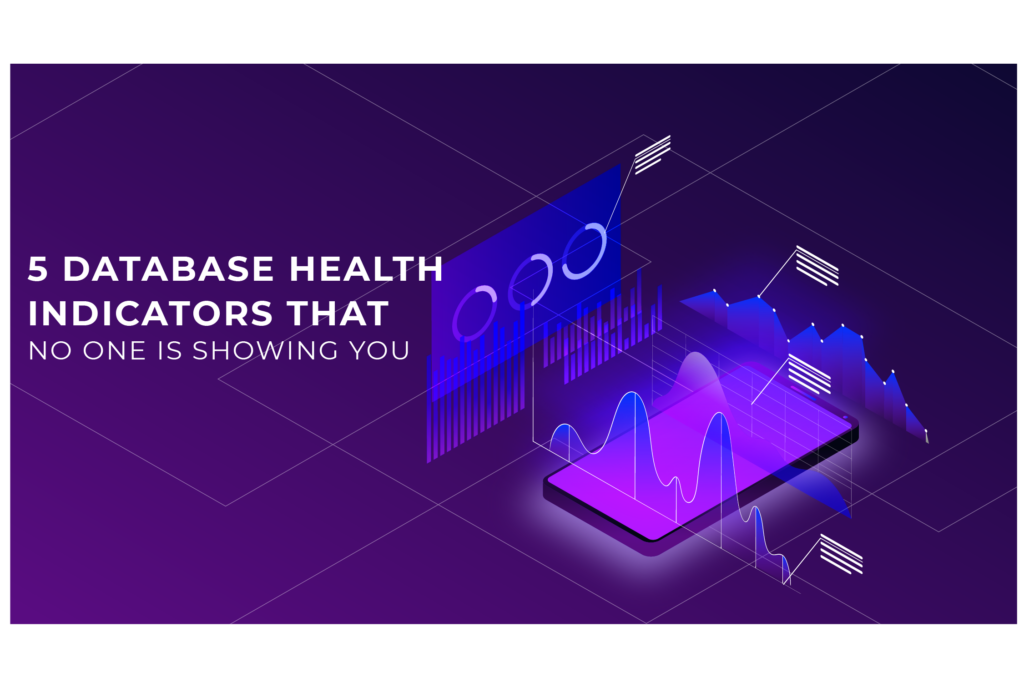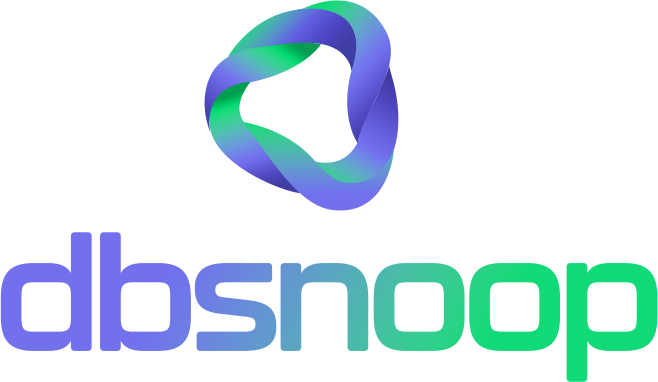

Classic dashboards show CPU, memory, and I/O. But is that really enough? In high-demand environments, there are subtle signals that precede major failures—and they often don’t show up in conventional charts. Performance-focused managers need metrics that reveal the real status of the database, before any alert is triggered.
Beyond reacting to usage spikes or instability, high-performance teams must act proactively. This means understanding, in real time, how the database behaves, where friction points lie, and which areas offer clear optimization opportunities. And for that, traditional indicators won’t cut it.
In this article, we present five overlooked but essential health indicators for keeping your database stable and scalable. Plus, we show how dbsnOOp’s AI and ready-to-use commands turn these insights into concrete actions.
Indicator 1: Table-Level Cache Hit Rate
Cache hit rate shows how much of your workload is being served from memory buffers rather than disk. Rates below 90% on critical tables indicate:
- Queries triggering full table scans
- Missing or poorly designed indexes
- Inadequate warming of heaps and buffers
These indicators often go unnoticed because the database appears healthy at first glance. But a single spike in random reads can overload the system with unnecessary I/O. With dbsnOOp, you get automatic alerts when thresholds drop and pre-built commands to recalibrate cache or create complementary indexes.
Indicator 2: Real-Time Lock Growth
Occasional locks are normal. But when lock volume steadily rises, it signals resource contention and increased latency.
Track locks per minute and identify peak patterns. dbsnOOp uses AI to correlate these spikes with queries and suggests transaction refactoring or reduced isolation levels.
It also detects invisible trends, like batch processes overloading the system after hours, or usage patterns regularly affecting specific apps.

Indicator 3: Plan Variation for Identical Queries
If the same query frequently uses different plans, the optimizer is wavering—and performance suffers.
dbsnOOp captures and compares execution plans, flags anomalies, and provides automated EXPLAIN ANALYZE commands to stabilize the ideal plan.
Those indicators are especially helpful in environments with dynamic parameters or heavy joins. Teams gain insight into why a query runs in 50ms sometimes and over 3s at others. AI suggests fixed parameters, cardinality tweaks, or clause rewrites.
Indicator 4: Zombie Connections During Night Traffic
Zombie connections can exhaust connection pools and cause timeouts without visible alerts. Especially during nightly batches, they accumulate silently.
dbsnOOp lets you visualize idle sessions over a configured time threshold and run ready-made scripts to safely terminate inactive connections.
This reduces cross-lock risks and frees up resources efficiently. The system even suggests optimal times for automated cleanup based on historical behavior.

Indicator 5: Replication Latency Across Nodes
In replicated environments, delay between primary and secondary nodes is a critical signal. Rising lag spreads failures throughout the cluster.
dbsnOOp correlates replication metrics with workload and generates commands to adjust max_standby_streaming_delay and rebalance read loads.
Neglecting this leads to inconsistent reads, performance loss, and failover risks. The platform helps replication keep up with application pace without sacrificing reliability.
Bonus Indicators: Dead Row Buildup in Tables
Tables with ongoing dead tuple growth—without proper autovacuum—can severely hurt performance. These anomalies rarely appear in standard dashboards.
dbsnOOp detects dead tuple growth and recommends actions like autovacuum tuning, reindexing, or manual vacuuming at safe times that won’t impact production.
Conclusion
These indicators are off the standard radar but reveal the true state of your database. Monitoring them prevents surprises and transforms performance management from reactive to strategic.
With dbsnOOp, you not only monitor these indicators but receive real-time recommendations and ready-to-run commands. No more guessing—just intelligent efficiency.
In a world where data drives decisions and time is a precious asset, this level of insight can be the difference between leading and firefighting. Make your database management proactive, intelligent, and truly strategic.
Want to see these indicators in action and speed up your decisions? Book a meeting with our team or try the platform in a free demo.
Schedule a demo here.
Learn more about dbsnOOp!
Learn about database monitoring with advanced tools here.
Visit our YouTube channel to learn about the platform and watch tutorials.


